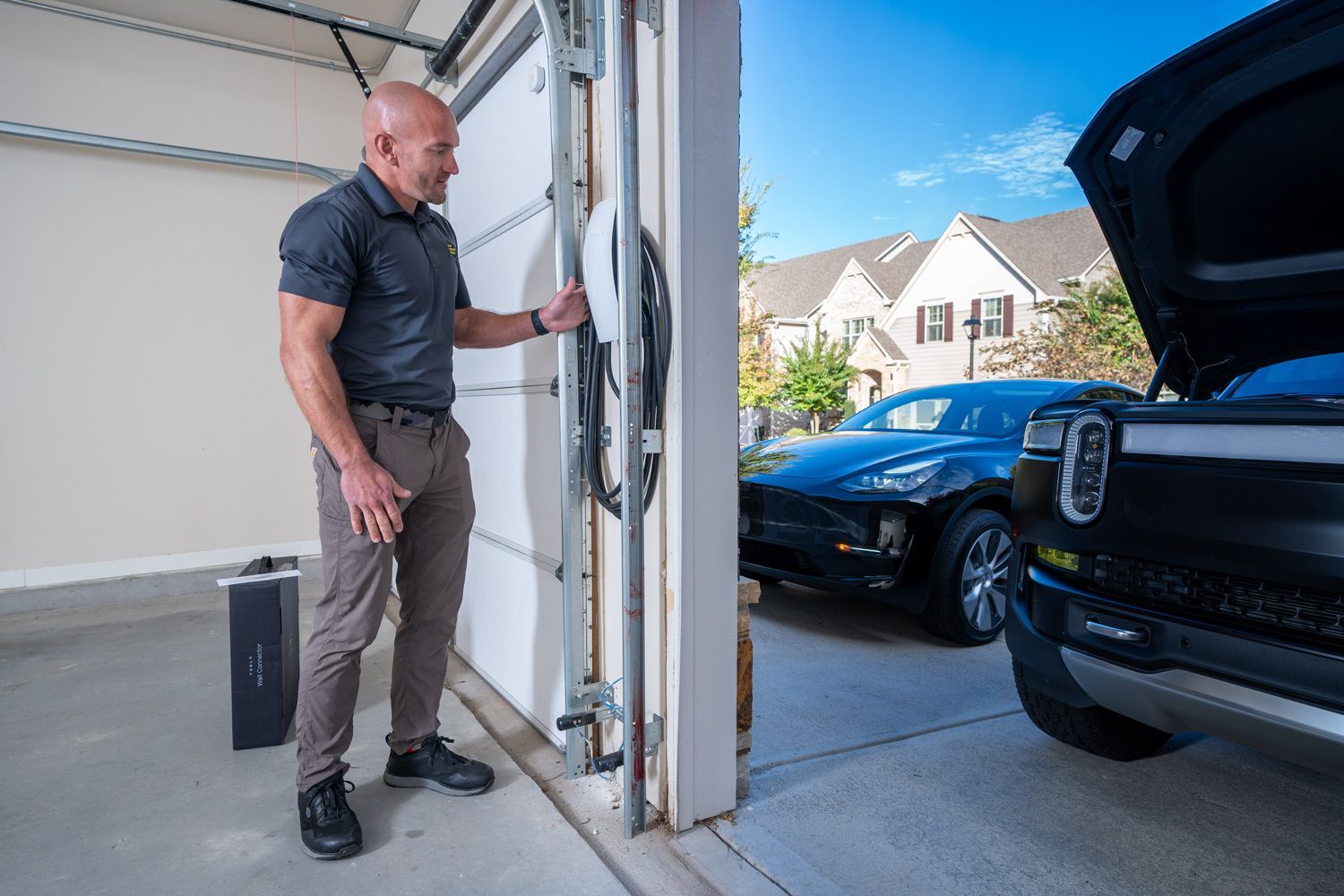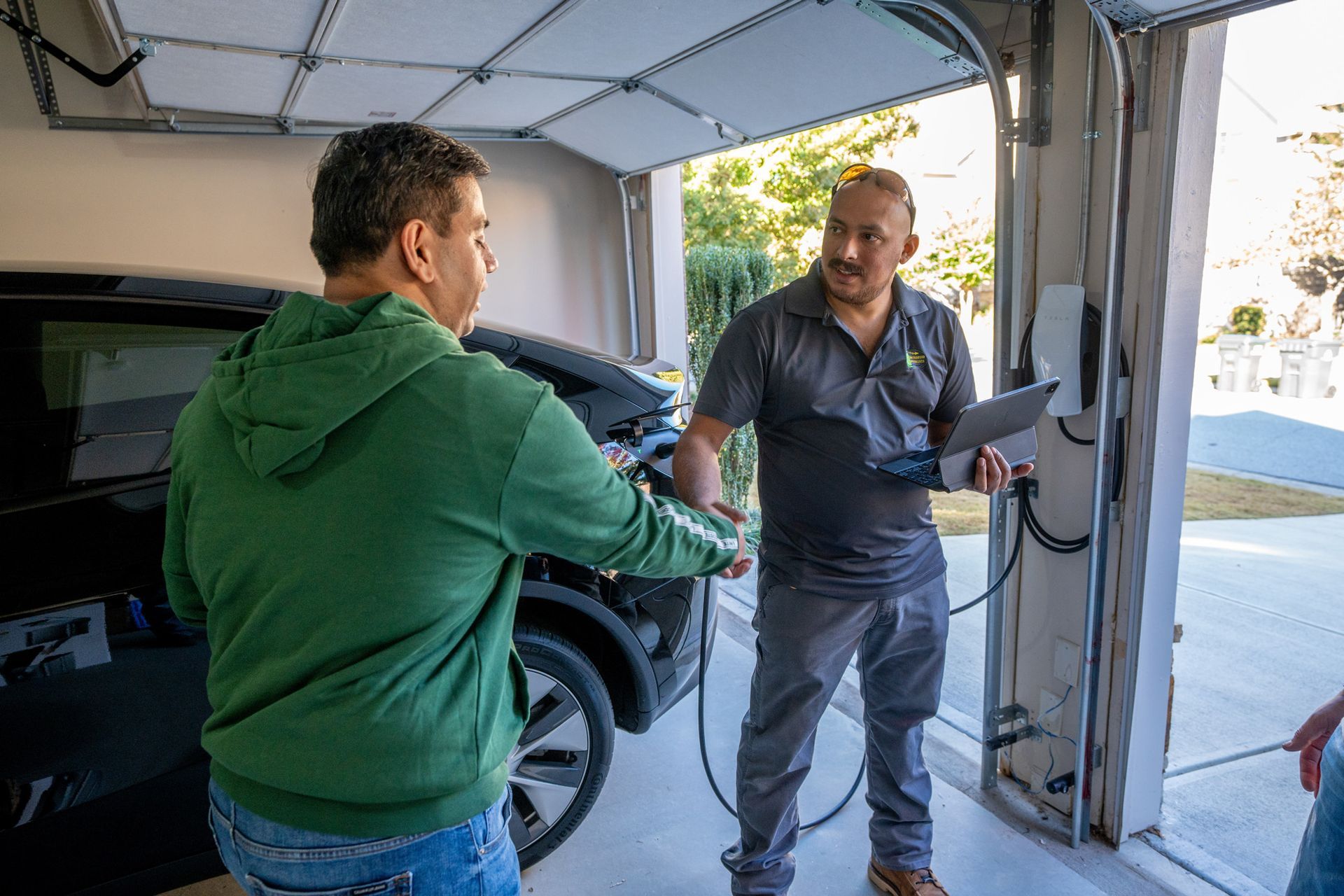Tesla has long been at the forefront of electric vehicle (EV) innovation, from cutting-edge vehicles to one of the most important elements of EV ownership—the charging infrastructure.
The Tesla Supercharging network has not only made it easier for Tesla owners to travel long distances but has also had a significant influence on the broader EV landscape.
In this blog, we’ll explore Tesla’s impact on EV charging infrastructure, how its Supercharging network has shaped the industry, and how Tesla’s innovations compare to other companies in the charging space.
The Tesla Supercharger network was introduced in 2012 to address one of the biggest challenges for electric vehicle owners: charging on long-distance trips.
Tesla Superchargers offer high-speed, direct current (DC) fast charging, allowing vehicles to regain significant battery capacity in a matter of minutes rather than hours. Today, Tesla operates over 45,000 Superchargers worldwide, making it one of the most expansive and reliable charging networks for EV owners.
Tesla Superchargers: The Backbone of EV Charging
1. Speed and Convenience: Tesla Superchargers can provide up to 250 kW of power, which significantly reduces charging times. A typical Tesla can add up to 200 miles of range in about 15 minutes.
2. Strategic Locations: Tesla has strategically placed Superchargers along major highways, near urban centers, and at popular destinations, ensuring Tesla owners have access to charging stations during long road trips or daily commutes.
3. Seamless User Experience: Tesla’s integrated software makes it easy for drivers to locate and navigate to Superchargers directly from their vehicle’s dashboard, enhancing the user experience and reducing range anxiety.
Key Advantages of Tesla Superchargers
While the Tesla Supercharger network was initially designed exclusively for Tesla vehicles, the company has recently started to open select Supercharger stations to non-Tesla EVs in Europe and the U.S. This move signals a shift toward a more inclusive charging ecosystem and positions Tesla as a leader in shaping the future of EV infrastructure.
Tesla vs. Other EV Charging Networks
While Tesla’s Supercharger network remains a dominant force, other companies are also working to expand their own EV charging infrastructure. Here’s how Tesla Superchargers compare to some of the leading competitors in the EV charging space:
- Overview: Electrify America was launched by Volkswagen in 2017 as part of the settlement for the Dieselgate scandal. It operates one of the largest non-Tesla DC fast-charging networks in the U.S., with over 800 stations and 3,500 individual chargers.
- Charging Speed: Electrify America’s chargers offer speeds of up to 350 kW, which is faster than most Tesla Superchargers. However, not all EVs are equipped to handle this speed.
- Key Difference: Unlike Tesla’s exclusive network, Electrify America’s chargers are open to all EV brands, making it an attractive choice for non-Tesla EV owners.
- Overview: ChargePoint is one of the largest charging networks globally, offering over 100,000 charging points across various regions. The network focuses more on Level 2 chargers but also provides some DC fast-charging options.
- Charging Speed: ChargePoint’s DC fast chargers typically offer speeds between 50-12kW, making them slower than Tesla’s Superchargers and Electrify America.
- Key Difference: ChargePoint emphasizes public and workplace charging, allowing users to charge their vehicles where they shop or work, while Tesla focuses on high-speed charging along major routes.
- Overview: EVgo is another major playing in the U.S. charging network, with over 850 fast-charging locations. The company emphasizes sustainability, with its charging stations powered by 100% renewable energy.
- Charging Speed: EVgo’s fast chargers offer up to 350kW, on par with Electrify America’s top speeds and faster than Tesla’s typical Superchargers.
- Key Difference: Like Electrify America, EVgo supports a wide variety of EV brands, but its focus on renewable energy sets it apart in the sustainability space.
Global Expansion and Cross-Brand Integration
Tesla’s influence cannot be overstated. By pioneering an extensive network of fast chargers, Tesla has set a standard for convenience, reliability, and speed. The opening of Tesla’s Superchargers to other EV brands is not just a step toward greater accessibility but also an acknowledgement that the future of the EVs depends on collaboration and a more unified charging ecosystem.
Their focus on software integration ensures a seamless user experience from charging station navigation to payment. It has pushed other companies to follow suit, improving the overall experience for EV drivers everywhere.
Tesla’s Influence on the Broader EV Charging Landscape
As electric vehicle adoption continues to grow, the need for robust and widely available charging infrastructure becomes more critical. Tesla’s Supercharger network has undoubtedly led the charge, but companies like Electrify America, ChargePoint, and EVgo are expanding their reach and offering innovative solutions to meet this growing demand.
With global efforts to reduce carbon emissions, the expansion of reliable and fast charging infrastructure will be crucial to the continued success of the EV market. Tesla’s decision to open its Supercharger network to other brands could be a catalyst for broader collaboration across the industry, ensuring all EV drivers—regardless of brand—have access to the charging they need.
Tesla has undeniably revolutionized the way we think about electric vehicle charging with its Supercharger network, setting new standards for speed, convenience, and innovation.
As the broader EV landscape continues to evolve, Tesla’s influence on charging infrastructure remains pivotal, driving progress and pushing competitors to innovate.
Whether it’s through exclusive networks or opening doors to collaboration, Tesla’s role in shaping the future of EV charging is as significant as its vehicles themselves.
The Future of EV Charging Infrastructure
Discover our most popular blog posts, covering everything from EV charger installation tips to the benefits of renewable energy.



